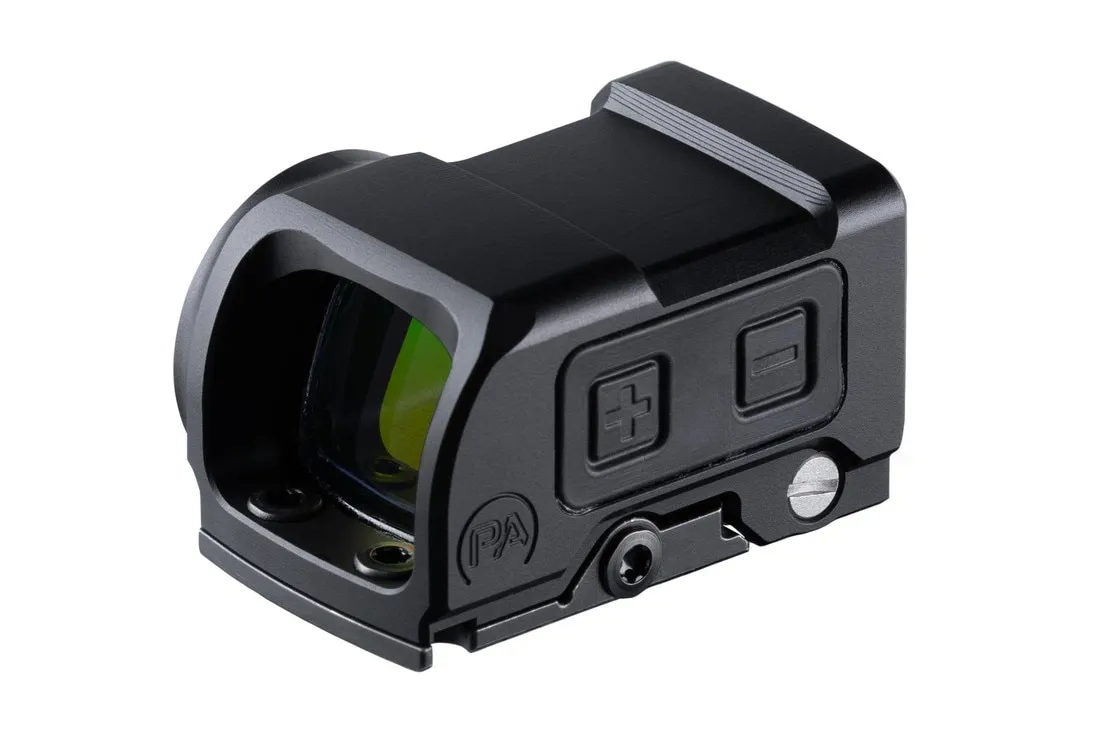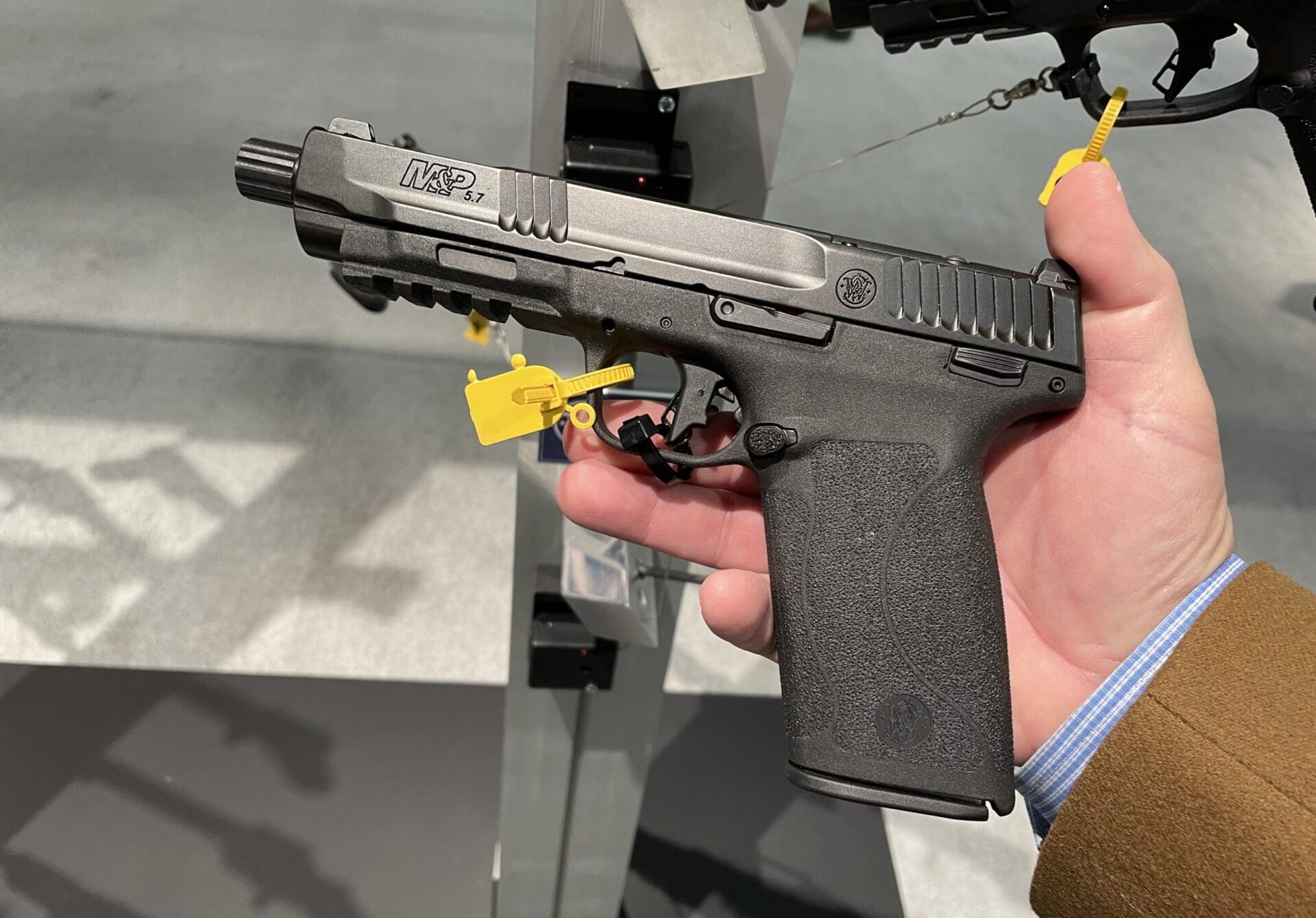If you’ve never racked the slide on a classic Ithaca Model 37 shotgun, you’ve missed one of the smoothest and most innovative pump-action shotguns ever made. Long a favorite of left-handed shooters, John M. Browning’s design feeds and ejects through the bottom of the receiver.

The Ithaca name changed hands several times, as the Model 37’s all-steel design became more and more expensive to manufacture. CNC machining has brought manufacturing costs down out of the stratosphere. As Brad Kozak reported a few years ago they’re back again, and they’re now made in Ohio.

Utility-grade Model 37s like this one sell for about $500; field-grade 37’s and Featherlights list for $859. They’re not the most modern pumps on the shelves, nor the cheapest. But other pumps don’t have billet steel receivers, machined steel trigger guards, jeweled billet bolts, and machined (not soldered) vent-rib lugs like the Featherlight does.









I have a 20 gauge Ithaca Featherlight made in 1971, that has literally filled my freezer with snowshoehares as well as many ruffed and sharptail grouse. It’s a dream to carry all day in the hunting fields. And Prairie Storm Number 6 really gives one added bird taking range in the farmer’s fields. No complaints here.